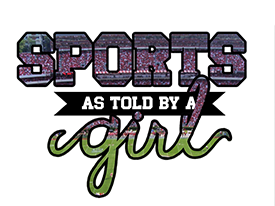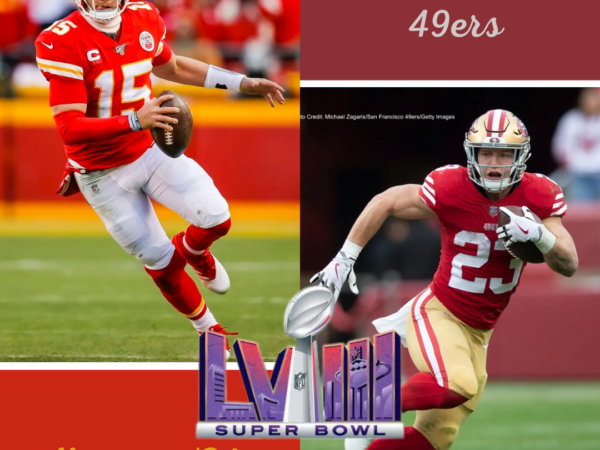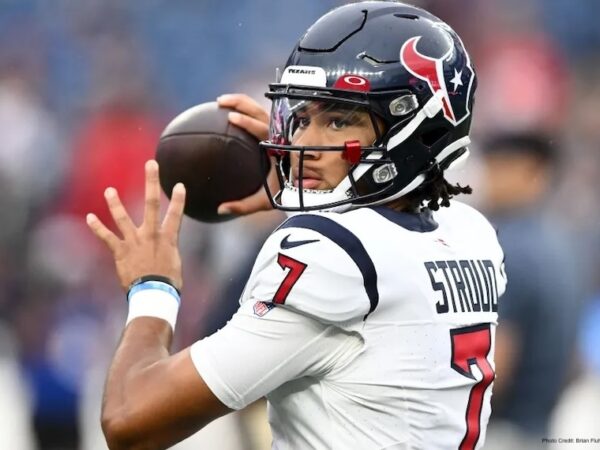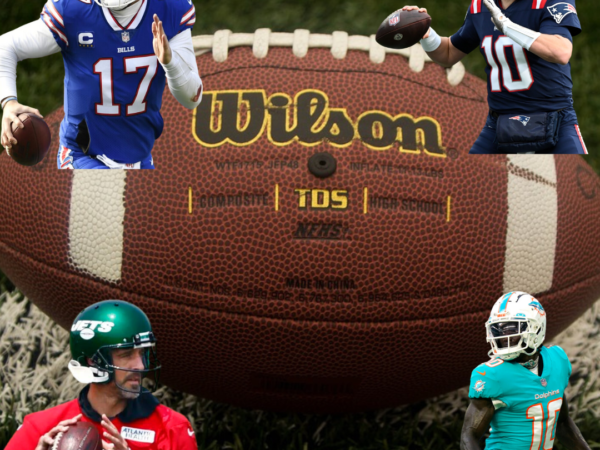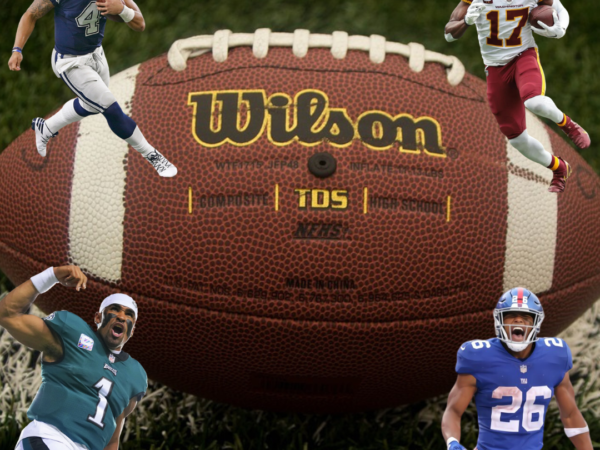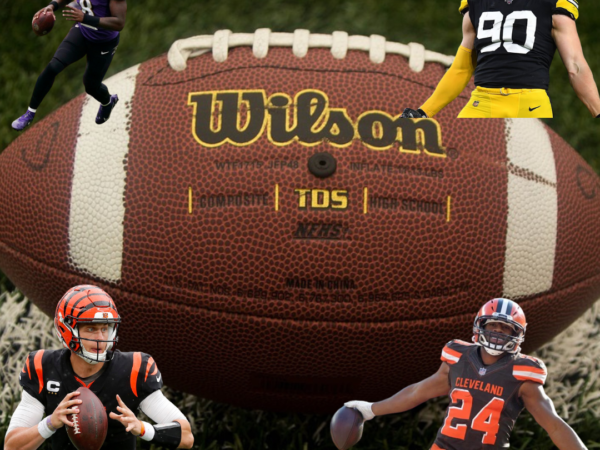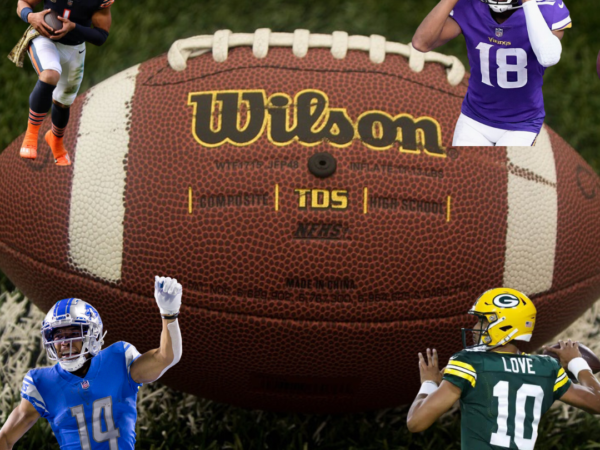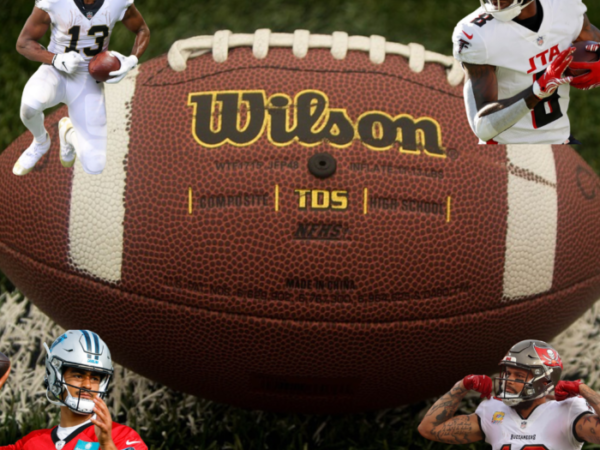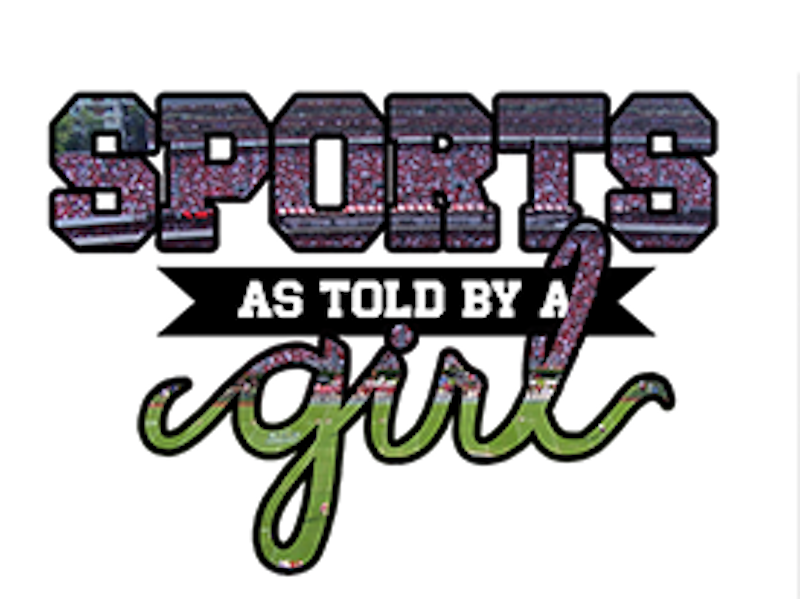“What’s a catch?” has been a question loaded with confusion and frustration throughout the NFL for the better part of a decade. Now that the league has attempted to simplify and clarify this rule, they’ve decided to replace it with “what’s a tackle?” Yep, that’s right – the league has introduced a new rule, which could change the game forever.
“Use of Helmet” replaces the 2013 “Crown of the Helmet” rule. It states that if a player lowers his helmet against an opponent, it will be considered a foul. Also, a 15-yard penalty can be escalated to an ejection if officials rule that the player lowered his head to establish a linear body posture prior to initiating and making contact with the helmet. – Yes, really.
The amendment seems to have gone largely under the radar for most of us. Fans were polled, asking if they approved or disapproved of the rule change. An eyebrow raising 63% of those who identified as “close followers” of football were actually unaware of the rule.
In fact, many fans are only aware of the issue thanks to Chicago Bears rookie Linebacker, Roquan Smith. At time of writing, he remains the sole unsigned first round pick from this year’s draft class. Smith wants it written in to his contract that he will not lose any money if suspended as a result of the new rule. That’s a smart stipulation, considering that fellow Bears LB Danny Trevathan was not only suspended for a hit last season, but actually featured in the video put together by the league, to clarify the rule. In seeking assurance that he won’t lose money for what he considers doing his job, Smith is – I’m not afraid of puns- using his head. Which I guess the NFL doesn’t like their players to do in any capacity (*cough* national anthem protests *cough*).
Beyond the unknown impact the change will have on scoring etc., there are concerns that the rule could potentially change the way the game looks altogether. Steven Ruiz of USA Today looked at the 2017 week 13 game between the Pittsburgh Steelers and the Cincinnati Bengals, finding that, under the new regulations, up to 26 penalties could have been doled out in the first half of the game alone.
Of course, that game is better known for the devastating injury incurred by Ryan Shazier, following a hit on Bengals receiver Josh Malone. That terrifying moment was undoubtedly a catalyst (and compelling argument) for the rule adjustment. The league needs to put player safety first, and with images emerging of Shazier walking with a cane at practice this week, we are reminded of the very real risks these athletes take every time they step on to the field.
Conversely, some –including outspoken 49ers cornerback Richard Sherman- have branded the rule as “ridiculous”, saying he believes that the new rule may lead to other, potentially career ending injuries. He may have a point.
When the 2013 ‘Crown’ rule was first introduced, then Texans CB D.J. Swearinger was widely criticized for a hit which left Dolphins tight end, Dustin Keller with a gruesome leg injury. Swearinger blamed his hit on the recently introduced regulation, saying “The rules say you can’t hit high so I went low and I’m sorry that happened. I would think you’d rather have more concussions than leg injuries. Leg injury, you can’t come back from that. A concussion, you be back in a couple in a couple of weeks.”
This argument needs to be taken in to consideration. You can’t tell a player that he risks costing his team 15 yards or maybe even ejection from a game, and expect him not to deliberately avoid high hits at all costs. It is possible that we may see similar injuries occurring this season, following the implementation of this new rule, and the confusion it has caused among players and coaching staff alike.
Even the reigning Super Bowl Champs recently expressed frustration following a presentation on the new policy. Philadelphia Eagles players were left confused, seeking clarification during the Q&A session which followed. The refs were unable to offer definitive answers, as they themselves were split, unable to agree on whether an example from Super Bowl LII would be considered a tackle or an illegal hit.
For years, many have been unhappy with what they see as the ‘watering down’ of football, with the league more concerned about ratings and advertising than they are about the game itself. The Use of Head rule will do nothing to help quell this perception.
Absolutely, the helmet should be used as armor rather than armament. However, while the league tells us that this is all for the players, and their safety, we need to remember that this rule has been implemented by a multi-billion-dollar business. The Associated Press report that over the past two years, $500 million has been approved in concussion claims against the NFL. That doesn’t sound attractive to advertisers, nor is it going to encourage parents to let their children play football. If children aren’t playing the sport, how are they going to recruit the next generation of dollar signs *ahem* …I mean valued players?
In short, this has the potential to be an officiating nightmare, with the possibility of further damaging fan relations. No one knows for sure how this rule will be enforced, how consistency will be achieved, whether this will lead to more season-ending leg injuries, or even what the game will look like.
Regardless, one thing is for certain: if it’s against your team, you’ll know it was an illegal hit; if it was one of your players, it was definitely just a regulation tackle.
